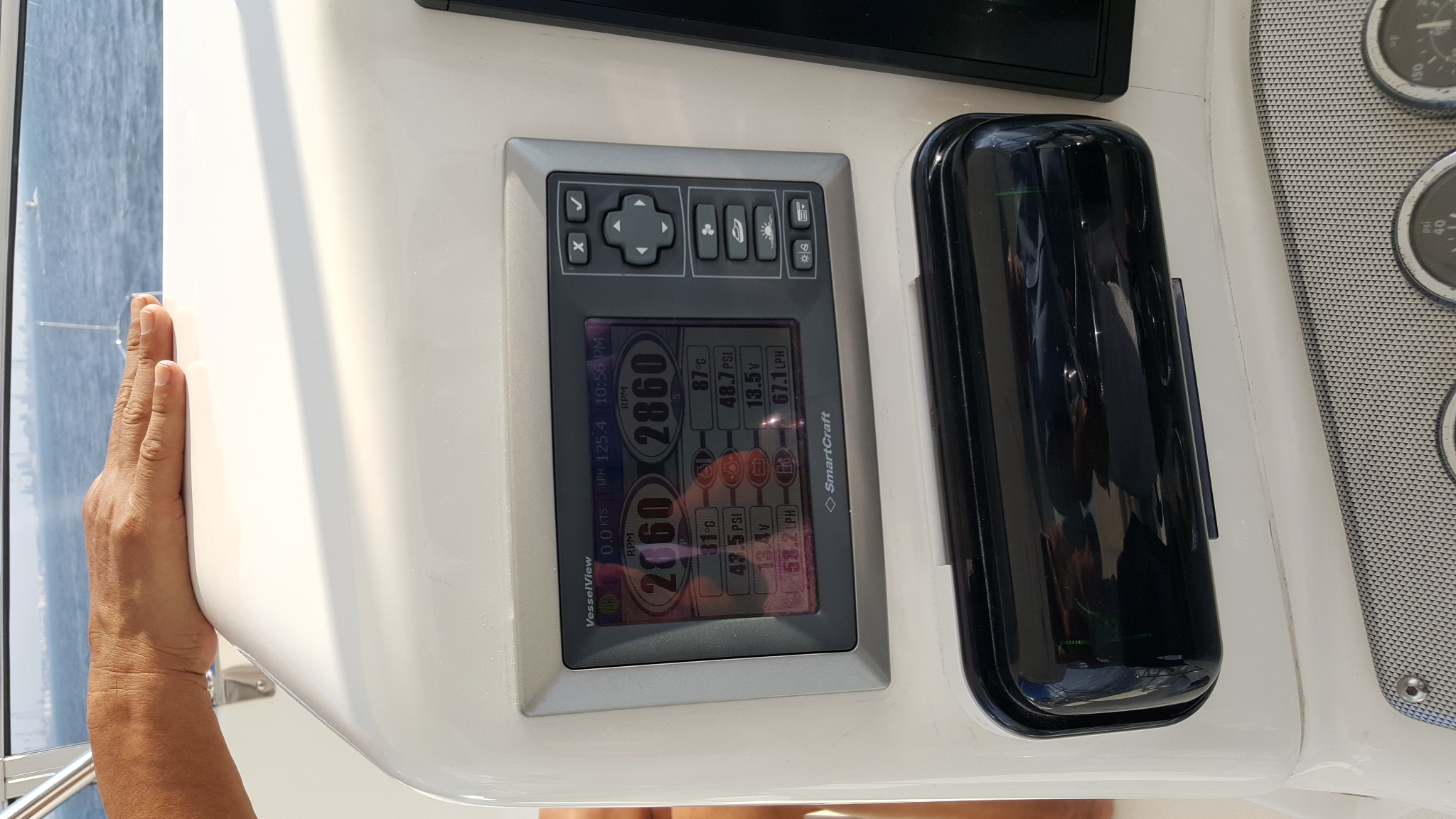- This topic has 5 replies, 3 voices, and was last updated 6 years ago by .
-
Topic
-
I have a pair of QSB 5.9 355 hp. 476 hours. Both engines have different consumption figures at same RPM. Both props were recently de pitched because the previous owner’s log recorded WOT at 2650 RPM 26.5 knots. Had the prop pitched reduced by 1.5 inch (could be a mistake) and now WOT 2890 RPM 26.5 knots. Props are 4 bladed 21 x 24.5. At 2600RPM 24 knots.
With the great difference in fuel consumption, it is difficult to determine which is correct. The Stbd consumption figures are much lower compared to the manufacturer’s consumption curve but the port engine consumption is way off the charts. The attached photos show the difference in figures. The LPH reading is the same as the Cummins round gauges.
How do I go about to verify the flow accuracy?
Thanks
You must be logged in to reply to this topic.

